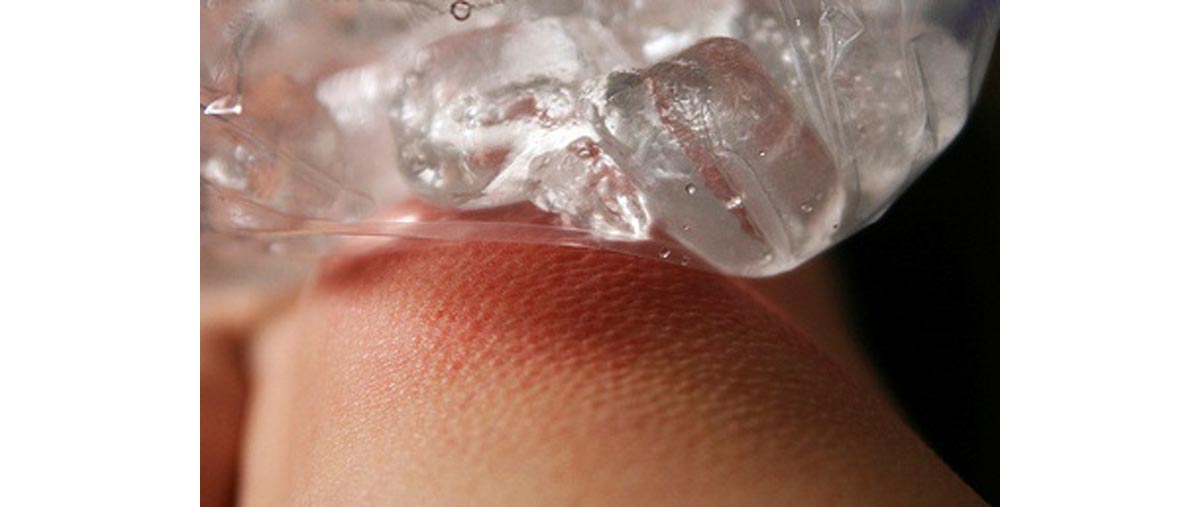Table of Contents
Are you one of millions of Americans who's turned off of exercise because of knee and joint pain? There is an alternative way that you can still workout, lose weight, and be healthy without enduring knee pain.
Do you sometimes, or even regularly, experience knee pain during your workout sessions? This is a common occurrence, which becomes exaggerated with age. If you find that with exertion you tend to experience bouts of knee pain, the recommend first step is to consult a physician to ensure you are not causing further damage as you work out, and that it is safe to continue exercising.

In many cases a small knee injury will result in lifelong discomfort. Little can be done to completely eliminate knee pain which arises from damaged ligaments or meniscus', or from arthritis. Minimizing the pain by avoiding activities which aggravate the problem is usually the best solution.
Unfortunately, knee pain experienced during cardio activities usually discourages participation, and many people engage in fewer and fewer cardio workouts as a result, even becoming completely sedentary, which is associated with its own set of health risks. This doesn't need to happen, since there are key elements which must be avoided when you have knee pain. Understanding which movements are actually causing the pain and avoiding them is the best first step to take.

In many cases a small knee injury will result in lifelong discomfort. Little can be done to completely eliminate knee pain which arises from damaged ligaments or meniscus', or from arthritis. Minimizing the pain by avoiding activities which aggravate the problem is usually the best solution.
Unfortunately, knee pain experienced during cardio activities usually discourages participation, and many people engage in fewer and fewer cardio workouts as a result, even becoming completely sedentary, which is associated with its own set of health risks. This doesn't need to happen, since there are key elements which must be avoided when you have knee pain. Understanding which movements are actually causing the pain and avoiding them is the best first step to take.
Here are a few tips on what to do to avoid to reduce knee pain during exercise sessions and beyond.
High impact movements
High impact movements are those activities which involve hoping and jumping around and experiencing heavy impact on the way down. A lot of boot camps and high intensity workouts include high impact cardio exercises, which burn a lot of calories and increase your fitness levels quickly, but tend to make you feel totally exhausted in the process. Anything which causes a sudden, and heavy impact on the knees should be avoided if you have knee pain. These are exercises like jumping jacks, high knees, water sports, alpine skiing, kickboxing, and more.Stair climbing
Stair climbing is another big factor that is known to cause knee pain. If you have a stair climber at your gym or at home, it will only aggravate the problem you are facing with your knee pain. You may not be able to avoid climbing stairs in your daily life, but you can definitely steer clear of this type of workout at the gym. Avoid stair climbing type movements and cardio classes which use steps. These are quite popular in aerobics classes at at the gym, in part because nearly everyone knows how to climb stairs, but are hard on the knees because of the weight-bearing aspect, which stresses each knee with the full weight of the body. After several minutes of the movement, most people with knee problems will really feel the strain.Read more: Top 9 Cardio Myths
Running or jogging
Another big exercise type to avoid if you suffer from chronic knee pain is running or jogging. While the impact on the knees is not very hard in each step, the accumulation over several minutes causes a fair amount of pounding on the knees. The continuous force exerted on the knee joint can cause some serious pain, so running outdoors or on a treadmill is not recommended for any amount of time.Maybe you should lose a little weight?
A simple and popular solution which you may have heard is to simply lose a little weight, even as little as 10 to 15 percent of your current body weight. Many people experience knee pain even though they've never injured their knees. In many cases, this is the result of carrying around excess weight. The human body isn't designed to carry around a whole lot of extra, unnecessary weight, and after several years of carrying a heavy load, the knees will naturally show signs of wear and tear. Reducing the weight which is bearing down on the knees can alleviate pain in cases where you have an above average BMI (body mass index). Low impact exercises such as swimming are a great way to work on losing some weight without putting extra stress on your knees, but keep in mind that diet makes up about 80 percent of your weight loss success.
Continue reading after recommendations
- Photo courtesy of quinnanya on Flickr: www.flickr.com/photos/quinnanya/3543643246
- Photo courtesy of markhaertl on Flickr: www.flickr.com/photos/markhaertl/366844015

